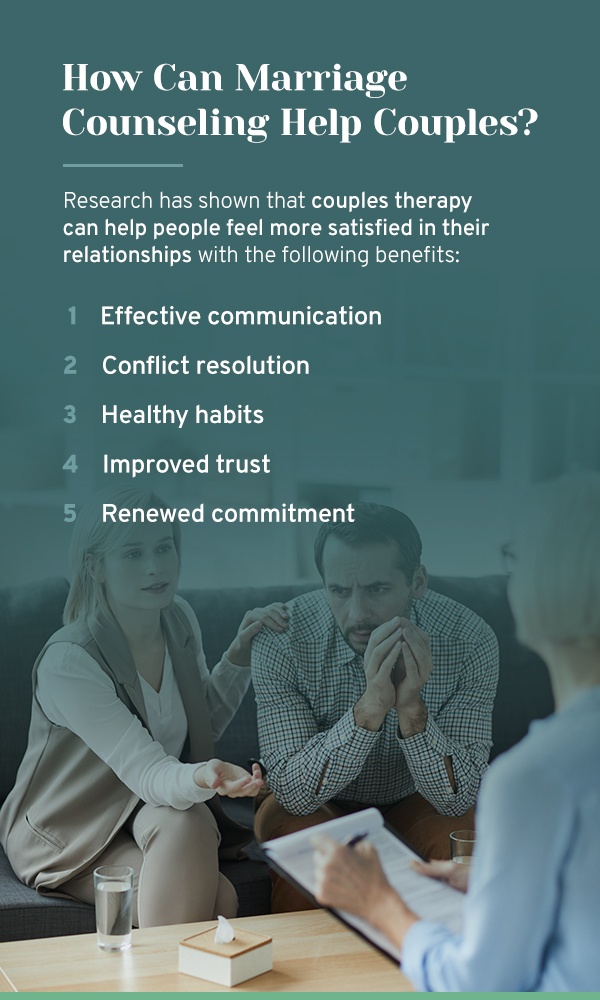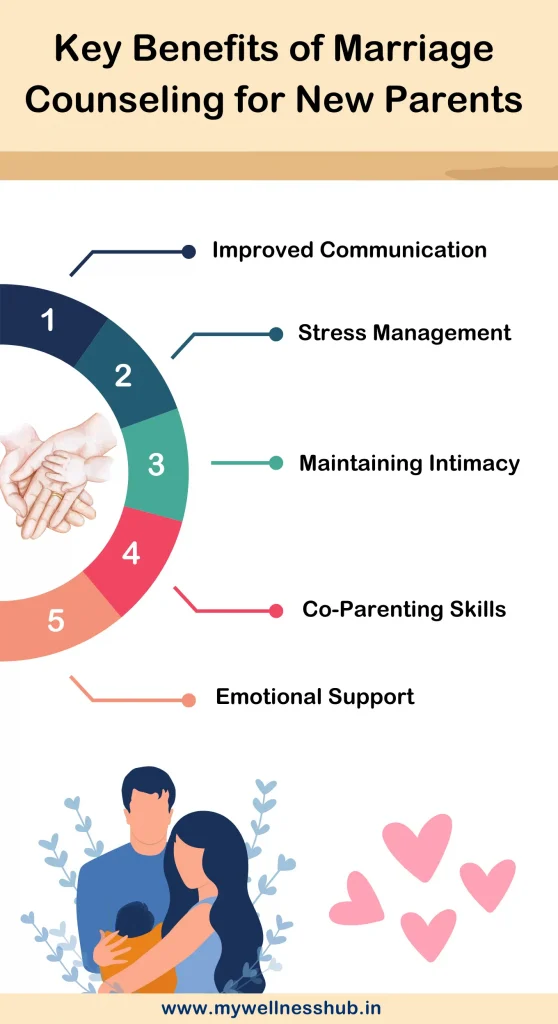How Aim Point Counseling can Save You Time, Stress, and Money.
How Aim Point Counseling can Save You Time, Stress, and Money.
Blog Article
Aim Point Counseling Fundamentals Explained
Table of ContentsThe Best Guide To Aim Point CounselingGetting The Aim Point Counseling To WorkThe smart Trick of Aim Point Counseling That Nobody is DiscussingSome Known Factual Statements About Aim Point Counseling 10 Simple Techniques For Aim Point CounselingAim Point Counseling for Beginners
The longitudinal style includes a pre-treatment survey and 2 follow-up surveys at 3- and 12-months post-intervention. The study is embeded in 8 Relationships Australia Victoria centres, throughout urban, outer suburbs, and regional/rural sites. Relationships Australia, a non-government organisation, is the biggest copyright of couple therapy and relationship services in Australia.
These high prices of partnership breakdown have actually been continually associated with adverse wellness repercussions for both adults and children following divorce/separation.
See This Report on Aim Point Counseling
The impacts of divorce and splitting up can be harmful, study shows that high relationship dissonance in intact pairs is additionally likely to have unfavorable outcomes.
Variables that affect the results of these solutions require extensive examination. Research to date has actually identified both couple and private factors that may add to partnership discord. These include connection satisfaction and commitment at the pair degree, and anxiety at the private degree. Nevertheless, durable research study to evaluate relationship-enhancing treatments in the community are limited.
Some Known Details About Aim Point Counseling
Connection fulfillment has been one of the most usual result variable determined in even more than 200 evaluations of pair therapy [11,12] Researches have discovered significant renovations in connection complete satisfaction from pre- to post-treatment [13,14] and over the training course of one to two years adhering to therapy [15] In these researches, connection complete satisfaction was most frequently analyzed using the Dyadic Modification Range (DAS) [16] As a result, while most researches indicate renovations in relationship satisfaction following couple therapy, they are limited by the samples and actions used, largely short-term follow-up timespan, and evaluations that do not account for the dyadic nature of pair data. Partnership commitment, based on steps such as the Commitment Stock (CI) [19], is another frequently investigated relationship end result.
To sum up, research shows that couple-specific variables as well as individual elements might anticipate the end results of couple therapy and partnership solutions. The causal direction of these relationships, however, is much less clear. These observations are very important, given that, to validate and assist the application of connection solutions such as couple counselling, empirical evidence should explore both the end results of partnership services and the factors that forecast successful treatment.
There is an expanding consensus that efficiency studies should be complemented by performance study to best educate scientific practice [ 29] The restricted efficiency research that exists to date suggests that pair therapy can boost results such as partnership contentment [33,43], interaction skills and general health [44], at the very least in some European nations.

We presently know little regarding the accounts of pairs that look for out connection education compared with those that seek connection counselling, or the outcomes of these programs. However, unscientific proof suggests that there may be significant distress amongst at the very least some couples looking for relationship education. Partnership education programs vary from couple coaching as they are normally very structured, conducted in groups, and concentrate on a mixture of four parts; recognition, responses, cognitive adjustment, and skills training [45]
Our Aim Point Counseling Ideas
Feedback entails participants completing questionnaires concerning their partnership (e.g. Discover More measures of social problems), and obtaining information on what their ratings indicate. Cognitive-behavioural methods advertise transforming cognitions to facilitate positive relationships. These might include promoting sensible attributions/expectations around adverse partner behavior [46] Lastly, in skills training, pairs go to lectures or discussions on partnership skills, and practice these throughout facilitator-led activities [ 45]
These meta-analyses highlight limitations in the present literary works on connection education. This sample account may not stand for customers who normally present for partnership education and learning.
Aim Point Counseling - Questions

Extremely little research study has actually examined the relative benefits of couple coaching and relationship education and learning programs. As clients are most likely to self-select right into these solution types, it is not clear whether characteristic partnership distress accounts existing per service kind, or undoubtedly whether there is a communication in between providing account, solution type and result.
(https://www.ted.com/profiles/48999537)
Thus, we have consisted of a 12-month follow-up to determine longer-term patterns and effects. The research study uses a number of standard result steps given that some previous examinations have been criticised for their absence of standard analysis [50] Finally, making use of statistical analyses that presume freedom of information, such as t-tests, or ANOVAs, has been common in previous researches [ 44,49]
As a result, we suggest to utilise multi-level analytical modelling treatments that control for the inter-dependence of pair data to assess any treatment impacts. The details purposes of the ECC research study are to: 1. Map accounts of customers looking for area agency-based couple counselling vs. connection enhancement programs in regards to socio-demographic and partnership signs (such as relationship fulfillment, connection commitment, interpersonal troubles, and reasons for going to), along with health (such as anxiety, basic wellbeing) and health and wellness service usage (eg.
Figure out whether pair coaching and connection education solutions boost three- and twelve-month results for partnership satisfaction, commitment, and anxiety, utilizing analytical evaluations suitable to pair information. marriage counseling. Determine the relative payments of client elements (specific and couple) and therapy/education factors to outcomes at 3- and 12-months, and to sustainability of results over time.
The Definitive Guide for Aim Point Counseling
Multi-level modelling to determine pre-post differences, controlling for dyadic (pair) degree. To add to the literary works evaluating the performance of community-based couple therapy.
Report this page